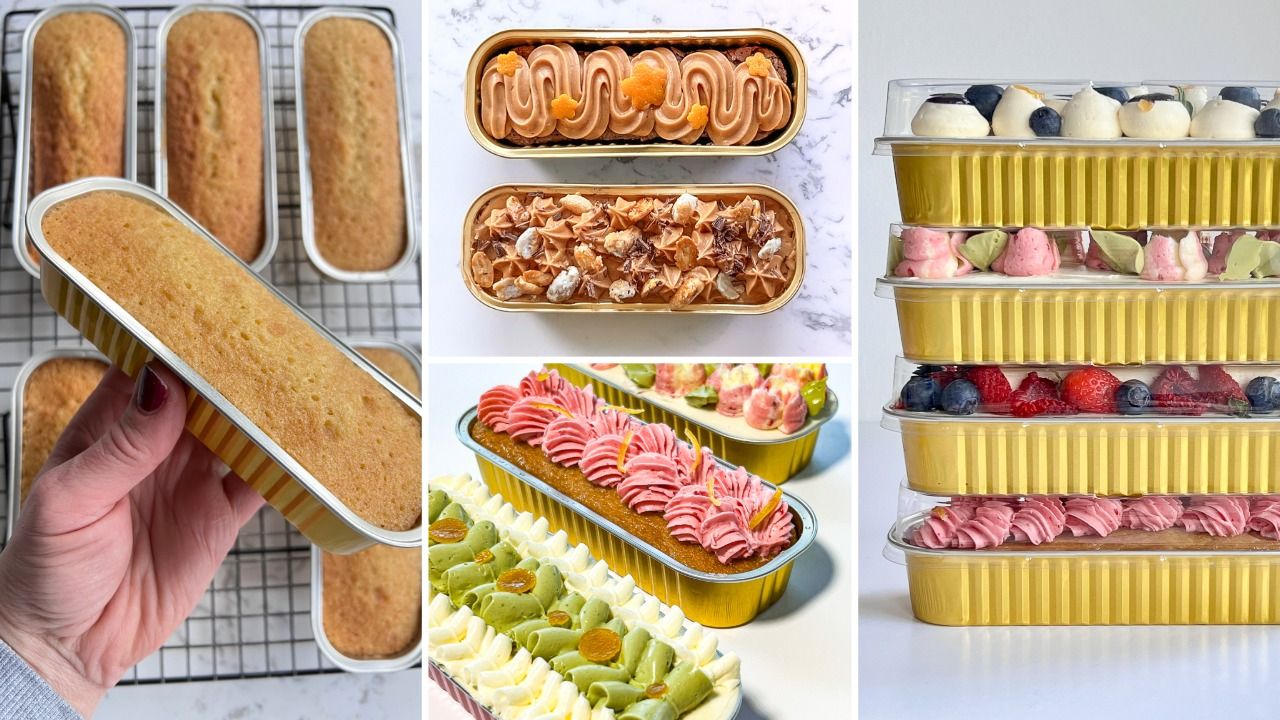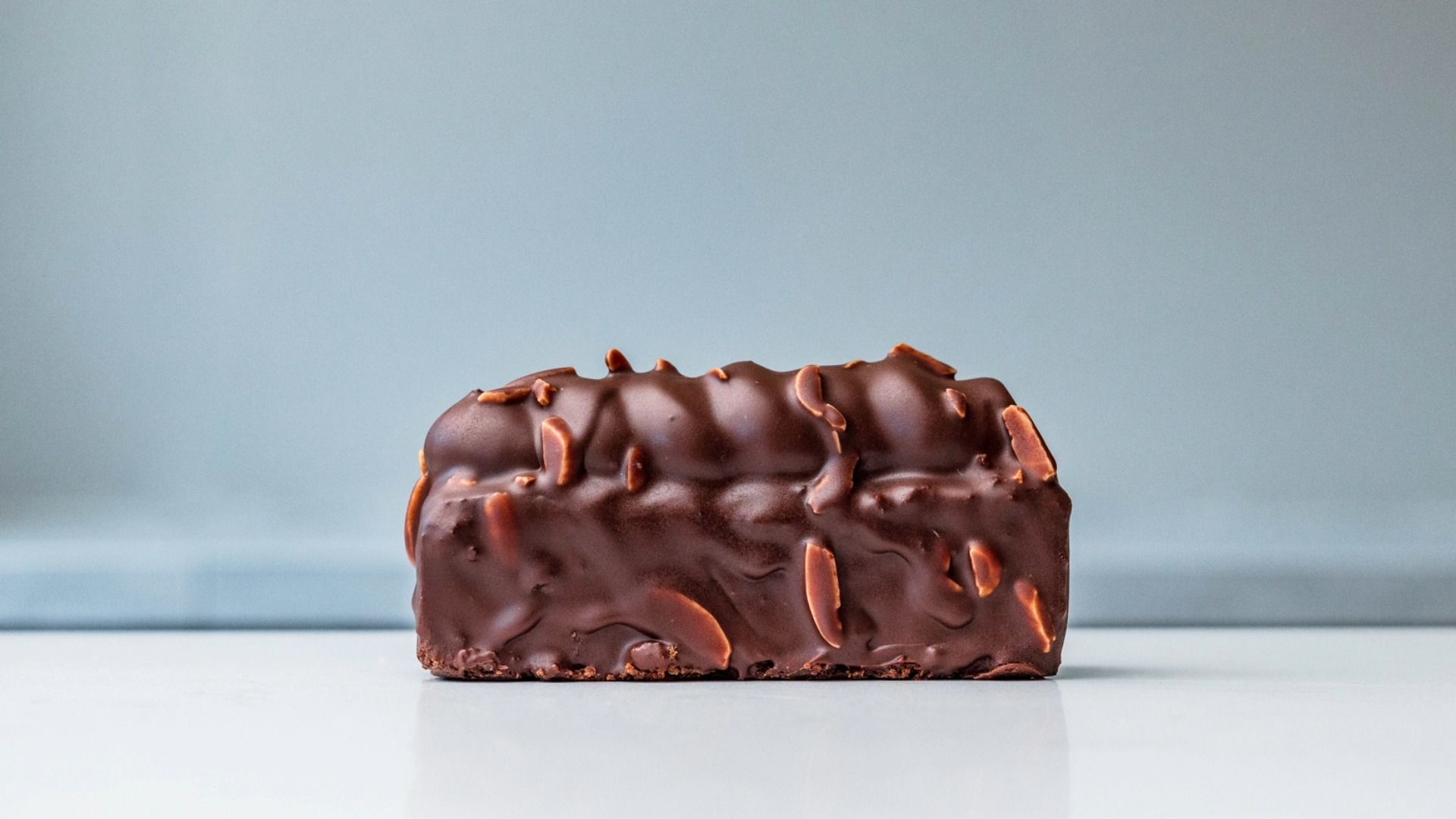The Dirty Dozen & The Clean 15: What UK Shoppers Need to Know (2024 Update)

As a pastry chef, I know that the quality of your ingredients makes all the difference between a good bake and a great one. But how can you trust that your fruit, veg and pantry staples aren’t hiding unseen pesticide residues? In this guide, we’ll look at PAN UK’s 2024 Dirty Dozen list, explain how it’s compiled, compare it to the US Dirty Dozen & Clean 15 from the Environmental Working Group, and show you practical steps—rooted in conscious baking—to choose the cleanest, most flavourful produce for your patisserie creations.
Did you know?
• 50 % of tested bread products in 2021 contained multiple pesticide residues—up from 25 % just a decade earlier.
• 50 % of UK-tested wines in 2022 showed two or more pesticides, compared with 14 % in 2016.
A classic fraisier cake with light genoise sponge, filled with crème mousseline, and topped with fresh berries and nectarine slices.
What Is the Dirty Dozen (UK)?
The Dirty Dozen is published annually by the Pesticide Action Network UK (PAN UK). It ranks UK-sold foods most likely to contain two or more pesticide residues—so-called “pesticide cocktails.”
December 2023 data (reported 2024) showed this Dirty Dozen:
Produce / Item – % Samples with ≥2 Pesticides
Soft citrus (e.g. tangerines) – 96%
Oranges – 95%
Lemons – 89%
Grapes – 87%
Pears – 81%
Pulses (e.g. lentils) – 63%
Bread – 54%
Carrots – 38%
Spring onions – 38%
Dried beans – 35%
Peas – 34%
Green beans – 29%
Illustration highlighting pesticide risks on strawberries, lemons, pears and raspberries.
Spotlight: Glyphosate on Apples
Glyphosate—our most-used herbicide—is found on apples across multiple UK surveys. Linked to cancers and kidney issues, glyphosate’s persistence makes it a hidden risk in tarts, sauces, and apple-zested recipes.
Spotlight: Neonicotinoids on Lettuce
Neonicotinoid insecticides (e.g. imidacloprid, thiamethoxam) turned up on lettuce, even though most are banned in the UK/EU. These compounds harm pollinators—and may linger on leaves you wash, chop, and serve as garnishes.
Note: PAN UK also publishes a 6-year overview (2018–2023) showing worst offenders—grapefruit, strawberries and dried fruit top that list. See PAN UK’s full report here
Why This Matters for UK Shoppers
• Pesticide cocktails can interact to increase toxicity (the “cocktail effect”), but UK safety limits cover individual pesticides only.
• Limited government testing—about 3 000 kg of food per year—means many items go unchecked.
• Imported produce tests worse on average: 55 % show cocktails vs. 31 % for UK-grown, and they’re 2.5× more likely to exceed safety limits.
For more on organic standards and what they cover, see the Soil Association’s organic standards at https://www.soilassociation.org/organic-standards/
US Dirty Dozen & Clean 15 Comparison
Many of your fellow bakers in the US rely on the Environmental Working Group’s annual lists, based on USDA data. Here’s a snapshot for 2024:
US Dirty Dozen (highest residues)
-
Strawberries
-
Spinach
-
Kale, collards & mustard greens
-
Nectarines
-
Apples
-
Grapes
-
Peaches
-
Cherries
-
Pears
-
Tomatoes
-
Celery
-
Potatoes
US Clean 15 (lowest residues)
-
Avocados
-
Sweet corn
-
Pineapples
-
Onions
-
Papayas
-
Sweet peas (frozen)
-
Asparagus
-
Honeydew melon
-
Kiwifruit
-
Cabbage
-
Mushrooms
-
Mangoes
-
Sweet potatoes
-
Watermelon
-
Carrots
Read EWG’s full 2024 lists → here
Important: There is no UK Clean 15—PAN UK data is too limited and inconsistent to label any produce “clean.”
What You Can Do as a Consumer (and Baker)
• Buy organic for items on the Dirty Dozen lists—soft citrus, grapes, pears, strawberries—and use them in your signature tarts and confits.
• Support British-grown produce when possible—UK-grown tests better on average and often has superior flavour.
• Wash, peel & scrub your fruit & veg (but remember some residues are systemic).
• Ask questions at farmers’ markets about growing methods—many artisan growers are proud of their low-spray practices.
• Use your purchasing power: choose suppliers and shops with transparent, regenerative sourcing to ensure your bakes taste and feel their best.
Related Reading:
Redefining Healthy Eating: The Joy of Quality, Not Quantity
Sourcing Sustainable Ingredients
Want To Go Deeper Into Clean, Seasonal Baking?
In my Online Pâtisserie School we explore thoughtful sourcing, technique and flavour—so your desserts are as pure as they are beautiful. Learn more about the course
Join The Pastry Edit
Weekly guidance for bakers who want to move beyond hobby baking and grow into confident, skilled, profitable professionals.
By subscribing, you’ll receive my weekly baking insights, digital product updates, and exclusive offers. You can unsubscribe anytime.





